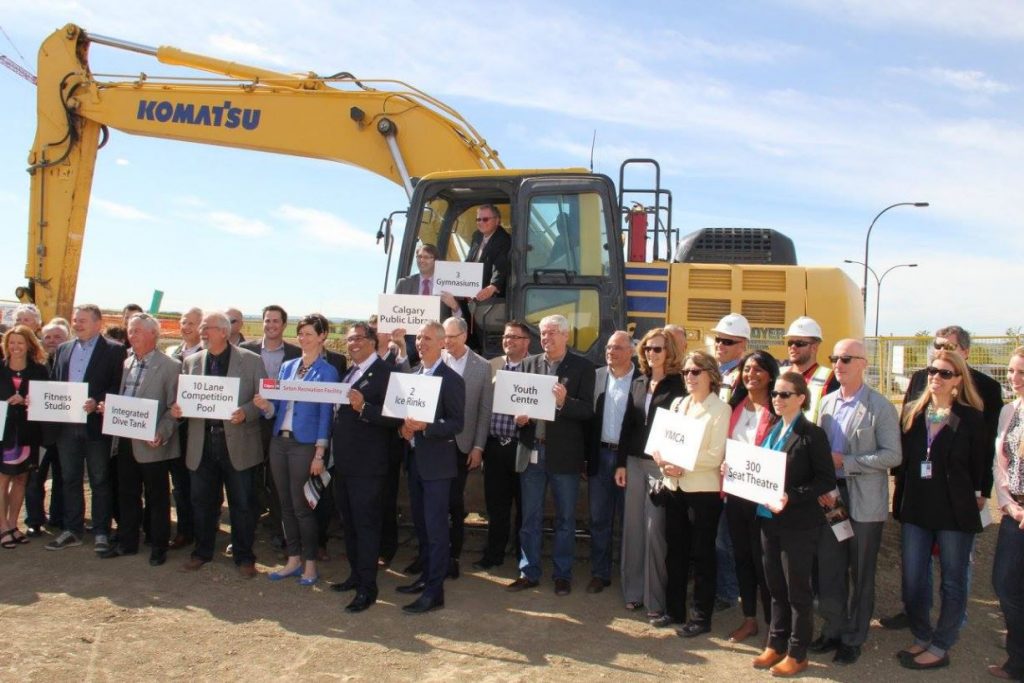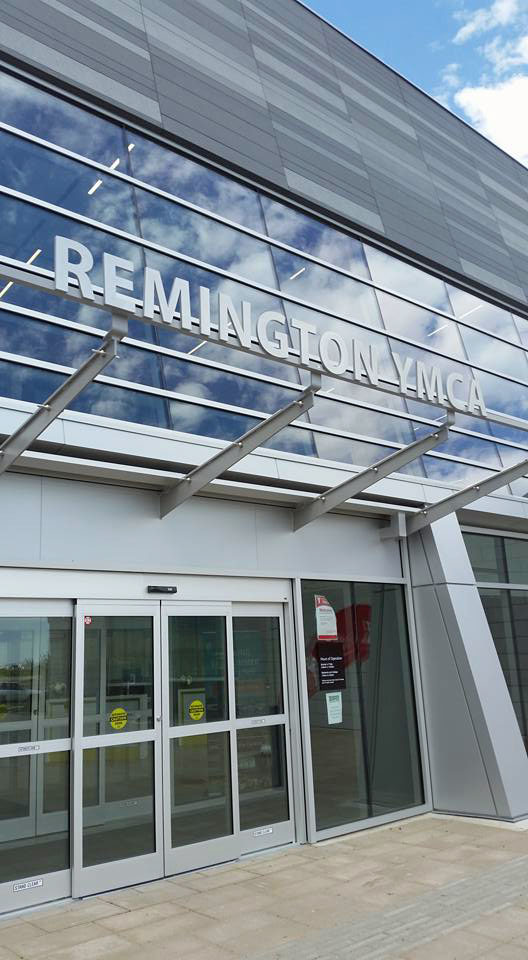Value For Money Remains Critical in SE Calgary
I first ran for Council in 2010. What motivated me to run? I continually heard from folks in southeast Calgary that they were being short-changed. While public investments were being made in other areas of Calgary, residents in southeast Calgary will being continually told they had to wait. Ward 12 residents were hungry to see better value for their tax dollars. Responding to this feedback has been the most important aspect of my job for the last six years.
When I first joined Council in 2010 the population of Ward 12 was just over 67,000. Today that number is over 103,000 and still growing rapidly. New communities in southeast Calgary are some of the most dynamic in the entire city, but are still lacking some of the basic amenities the rest of Calgary enjoys. Southeast Calgary still has plenty of room for new development, and the demand for better public investments will increase.

While there is still a lot of work to be done, we have made some meaningful progress in southeast Calgary. Over the next month we are going to see the official opening of the Remington YMCA in Quarry Park, the official opening of the New Brighton Regional Athletic Park and construction beginning at the Seton recreation facility. We will also welcome the opening of the Great Plains twin hockey rink facility to the north of Glenmore Trail.

We are also continuing to see meaningful progress on the Green Line LRT. When I joined Council in 2010 the most optimistic plans had the Green Line LRT available to southeast Calgary in the late 2030s. Today we are looking at having a phase of LRT operational by 2024. The Green Line LRT is Calgary’s most important infrastructure project. Over the last year Council has made tremendous progress on the Green Line. Through our efforts we have been able to advance the timeline for this project by better than a decade. This is great news for folks in southeast Calgary that have had to patiently wait for this important public investment.

Growth doesn’t come without cost. The City collects property taxes by fixing a mill rate to the assessed value of a property. Properties that increase in value compared to the rest of the city pay more and properties that decrease in value compared to the rest of the city pay less. The figure below shows differences in tax increases across the city for 2016:
Many of the new communities in Ward 12 are seeing larger comparative tax increases than the rest of the city. As more community amenities come on-line in the years to follow, this trend is likely to continue. Better community amenities and services in southeast Calgary make Ward 12 a better place to live and will likely increase the assessed value of your home.
This is going to lead to some challenges for folks that live in southeast Calgary. While the value of your home increasing could be a positive thing, it often means you are facing a higher tax burden without directly receiving more income. Other orders of government are able to generate revenue through income taxes. Revenues increase as income does without seeing changes in the tax rate. The same is true with your property taxes. The changes to the rate may be minor, but the dollar value can change with the assessment of your home.
Today we are hearing from Calgarians that Council needs to explore measures to provide Calgarians with tax relief during these difficult economic times. This is feedback that Council needs to take very seriously. Council must be prepared to have an open discussion on how to find savings in the budget that can be passed along to Calgarians. We need to make decisions that address our current economic realities, but we still need to act in the best interests of Calgary’s future.
I want to have a frank discussion with my colleagues about the key differences between needs and wants. When it comes to needs, I can’t think of a more glaring need than the Green Line LRT. There are costs that can be cut and savings that can be passed along to Calgarians, but it must not be at the expense of the Green Line. How as a Council can we go back to the fastest growing area in the city and tell folks they need to wait another 10-15 years for an LRT line? That is simply unacceptable.
The Green Line is at a critical juncture. Administration is currently working with the Government of Canada on an application to secure the federal government’s contribution to the Green Line LRT. Productive conversations with the province are also ongoing in hopes to secure their funding support. All of this was made possible with an initial dedication of funding by The City of Calgary.
What message would we be sending if we decided to take City money off the table? How can we expect to attract funding from Ottawa and Edmonton if we suggest the Green Line isn’t a priority? The consequences could go well beyond the Green Line. Council indecision on our infrastructure priorities could have significant impacts on future funding partnerships with the federal and provincial governments.
There are other options that Council can consider to offer Calgarians tax relief in the shorter term. Our Fiscal Stability Reserve (Calgary’s rainy-day fund) currently has $374M in un-allocated funding. These are funds that could certainly be used to offset tax increases in the short term for Calgarians.
Think about this from the perspective of a household. If you were fortunate to have some savings, would you choose to skip a mortgage payment or would you tap into your savings to navigate through a rough patch?
We have an opportunity to respond to Calgarians feedback without mortgaging our future. I am committed to finding a way to work towards a 0% tax increase for Calgarians in 2017, but I will not do so at the expense of giving southeast Calgary what the public investments they deserve.
